
Savanna Climate (Tropical Wet Dry Climate)
Subscribe to Never Miss an Important Update! Assured Discounts on New Products!
Must Join PMF IAS Telegram Channel & PMF IAS History Telegram Channel
Last updated on April 18, 2024 6:40 PM
Savanna Climate or Tropical Wet and Dry Climate or Sudan Climate
- This type of climate has alternate wet and dry seasons similar to monsoon climate but has considerably less annual rainfall.
- Also, there is no distinct rainy season like in monsoon climate.
[Only two seasons – winter and summer. Rains occur in summer].
- Floods and droughts are common.
- Vegetation, wildlife and human life are quite different from monsoon climate regions.
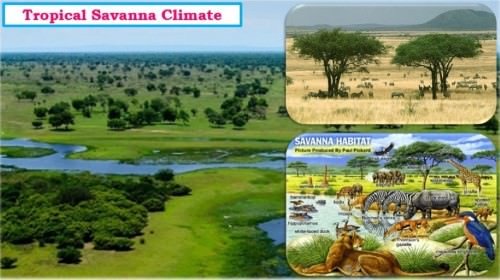
Distribution of Savanna Climate
- It is confined within the tropics and is best developed in Sudan, hence its name the Sudan Climate.
- It is a transitional type of climate found between the equatorial rainforests and hot deserts.
African Savanna
- The belt includes West African Sudan, and then curves southwards into East Africa and southern Africa north of the Tropic of Capricorn.
South American Savanna
- There are two distinct regions namely the llanos of the Orinoco basin [north of equator] and the compos of the Brazilian Highlands [South of equator].
Australian savanna
- The Australian savanna is located south of the monsoon strip (northern Australia) running from west to east north of the Tropic of Capricorn.
Indian Savanna
- Certain parts across Northern Karnataka, Southern Maharashtra and Telangana exhibit characteristics of both semi-arid and savanna climate.
- Due to irrigation and cultivation, this region is different from other savanna regions.
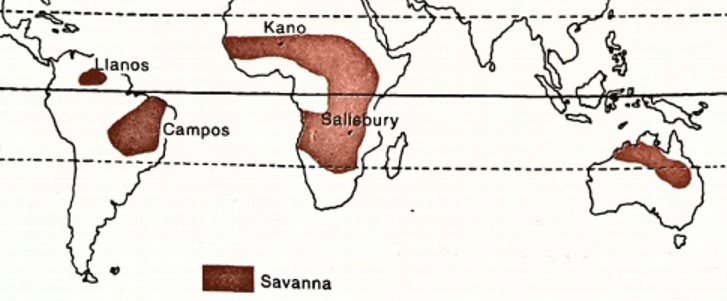
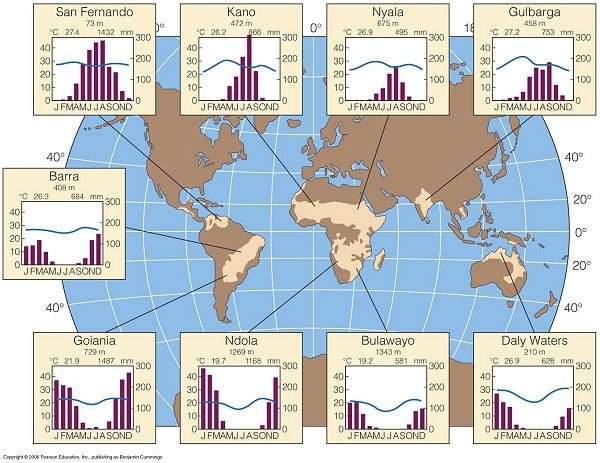
Savanna Climate
Rainfall
- Mean annual rainfall ranges from 80 – 160 cm [Rainfall decreases with distance from equator].
- In the northern hemisphere, the rainy season begins in May and lasts till September.
- In the southern hemisphere, the rainy season is from October to March.
Temperature
- Mean annual temperature is greater than 18° C.
- The monthly temperature hovers between 20° C and 32° C for lowland stations.
- Highest temperatures do not coincide with the period of the highest sun (e.g. June in the northern hemisphere) but occur just before the onset of the rainy season, i.e. April in Northern Hemisphere and October in Southern Hemisphere.
- Days are hot and nights are cold. This extreme diurnal range of temperature is another characteristic feature of the Sudan type of climate.
Winds
- The prevailing winds of the region are the Trade Winds, which bring rain to the coastal districts.
- They are strongest in the summer [favorable position of ITCZ] but are relatively dry by the time they reach the continental interiors or the western coasts [Trade winds are easterlies – flow from east to west. So rainfall decreases from east to west here].
- In West Africa, the North-East Trades, in fact, blow off-shore [continent to sea] from the Sahara Desert and reach the Guinea coast as a dry, dust-laden winds.
What is the reason for alternating wet and dry seasons in Savanna type climate?
- On shore winds is summer bring rains.
- Off-shore winds in winter keep the climate dry.
Natural Vegetation of Savanna Climate
- The savanna landscape is typified by tall grass and short trees.
- The grasslands are also called as ‘bush-veld’.
- The trees are deciduous, shedding their leaves in the cool, dry season to prevent excessive loss of water through transpiration, e.g. acacias.
- Trees usually have broad trunks, with water-storing devices to survive through the prolonged drought.
- Many trees are umbrella shaped, exposing only a narrow edge to the strong winds.
- In true savanna lands, the grass is tall and coarse, growing 6 to 12 feet high. The elephant grass may attain a height of even 15 feet.
- Grasses appear greenish and well-nourished in the rainy season but turns yellow and dies down in the dry season that follows.
- As the rainfall diminishes towards the deserts the savanna merges into thorny scrub.

Animal Life of the Savanna
- The savanna is known as the ‘big game country’ as thousands of animals are trapped or killed each year by people from all over the world.
- There are two main groups of animals in the savanna, the grass-eating herbivorous animals and the fleshing-eating carnivorous animals.
- The herbivorous include the zebra, antelope, giraffe, deer, gazelle, elephant etc. [most of the National geographic and Animal Planet documentaries on wild animals are shot in savanna regions] and carnivorous animals include the lion, tiger, leopard, hyena, panther, jaguar, jackal etc..
- Species of reptiles and mammals including crocodiles, alligators, giant lizards live together with the larger rhinoceros and hippopotamus in rivers and marshy lakes.
Life and Economy in the Savanna
- Many tribes live in savanna region. Tribes like the Masai tribes of the East African plateau are pastoralists whereas Hausa of northern Nigeria are settled cultivators.
- The old grazing grounds of Masai tribes in the Kenyan Highlands were taken over by the immigrant white settlers for plantation agriculture (coffee, tea, cotton) and dairy farming.
- The cattle kept by the Masai are kept entirely for the supply of milk. They don’t slaughter cattle for meat. Agriculture is barely practiced.
- The Hausa are a tribe of settled cultivators who inhabit the savanna lands of the Nigeria. They are more advanced in their civilization.
- They do not practice shifting cultivation. Instead, they clear a piece of land and use it for several years.
Crops in Savanna
- Settlements in central Africa, northern Australia and eastern Brazil have shown that the savannas have immense agricultural potential for plantation agriculture of cotton, cane sugar, coffee, oil palm, groundnuts and even tropical fruits.
- Tropical Queensland, despite its scarcity of labour force has been very successful in developing its huge empty land.
- Kenya, Uganda, Tanzania and Malawi have already taken to large-scale production of cotton.
- In West Africa, the commercial cultivation of groundnuts, oil palm and cocoa have been gradually extended into the savanna lands.
- In the cooler highlands, temperate crops have been successfully raised.
Farming
- Droughts are long due to unreliable rainfall.
- Political instability hinders the development of agricultural infrastructure.
- The Sudan Climate, with distinct wet-and-dry periods is also responsible for the rapid deterioration of soil fertility.
- During the rainy season, torrential downpours of heavy rain cause leaching of nitrates, phosphates and potash.
- During the dry season, intense heating and evaporation dry up most of the water.
- Many savanna areas therefore have poor lateritic soils which are incapable of supporting good crops.
Cattle rearing
- The savanna is said to be the natural cattle country and many of the native people are pastoralists.
- But the quality of grass doesn’t support large scale ranching.
- Grasses here are no match to nutritious and soft grasses of temperate grasslands.
- The cattle varieties are also poor and yield little meat or milk.
- The export of either beef or milk from the tropical grasslands is so far not important.
- Few regions progressed with the adaptation of science and technology. Queensland has become Australia’s largest cattle producing state. Both meat and milk are exported.
QUESTIONS
Explain why
- The savanna is the natural home of cattle.
- Rainfall in the Sudan Climate is concentrated in the summer.
Which one of the following is the characteristic climate of the Tropical Savannah Region? [2012]
- Rainfall throughout the year
- Rainfall in winter only
- An extremely short dry season
- A definite dry and wet season
Primary References: NCERT Geography, Certificate Physical and Human Geography [Amazon and Flipkart]
Last updated on April 18, 2024 6:40 PM





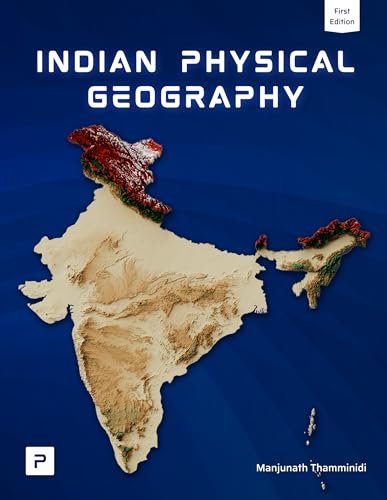

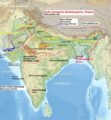
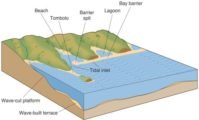
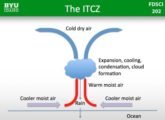
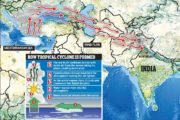
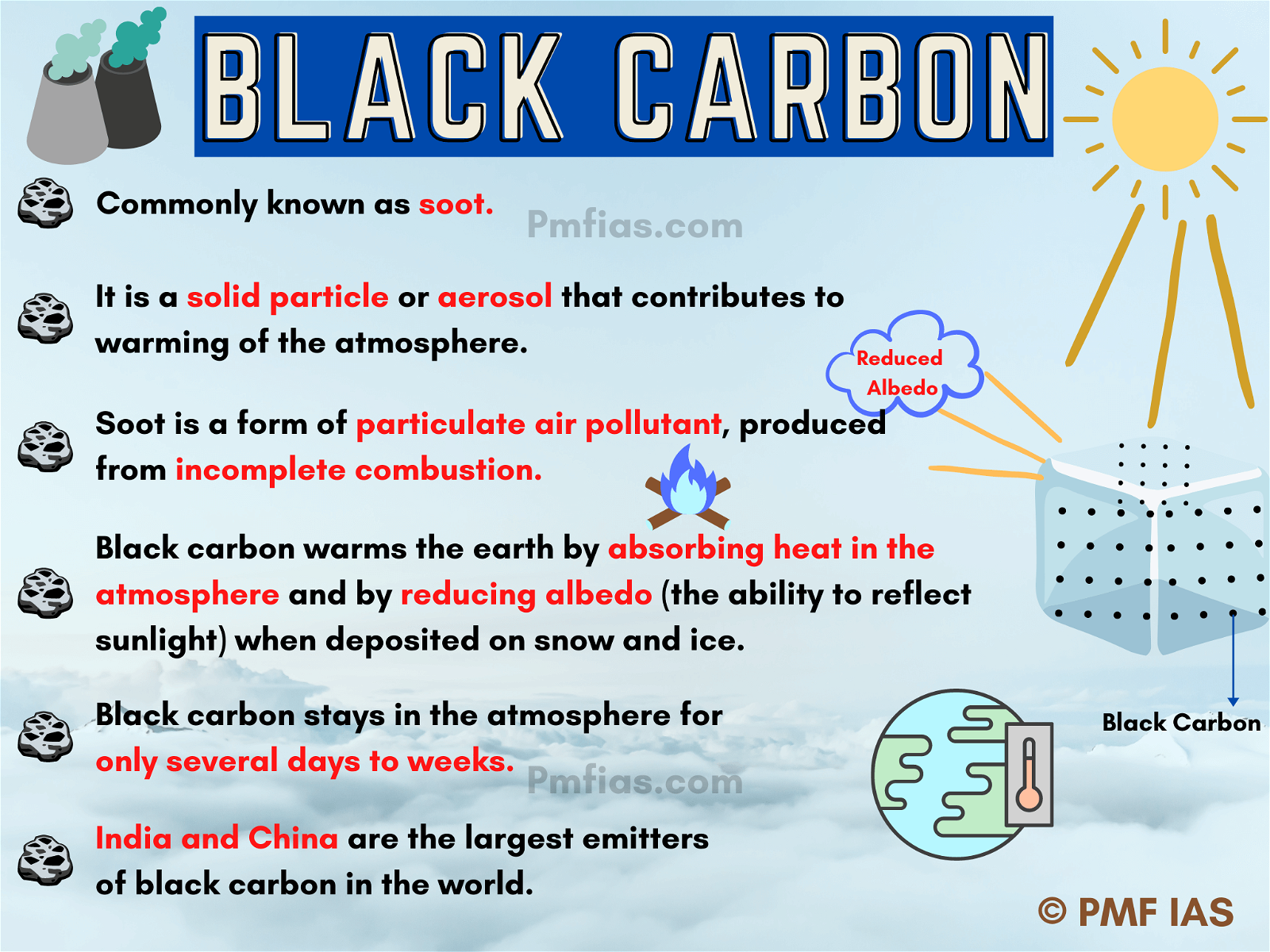
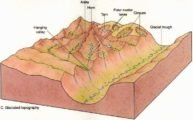
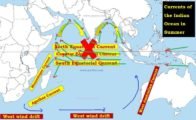





can you please explain this statement:–Highest temperatures do not coincide with the period of the highest sun (e.g. June in the northern hemisphere) but occur just before the onset of the rainy season, i.e. April in Northern Hemisphere and October in Southern Hemisphere.
It’s pretty self explanatory – highest temperature occurs just before the Sun gets overhead. As overhead Sun -> more evaporation -> more clouds -> more rains -> comparatively less temperature. So temperature is highest just before that.
Must be right . Also from my experience when the sun is on his way back north and is passing trough somewhere in February it,s much more bearable than right now ,end of October, beginning of November .
Much more overcast and water around then.
F.y.i i live in zambia.